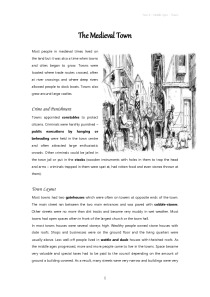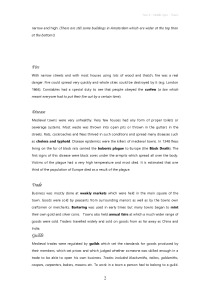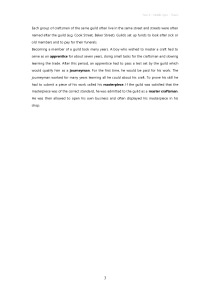The Medieval Town



The Medieval Town. Public executions by hanging or beheading. Wattle and daub. Cholera and typhoid.
Most people in medieval times lived on the land but it was also a time when towns and cities began to grow. Towns were located where trade routes crossed, often at river crossings and where deep rivers allowed people to dock boats. Towns also grew around large castles.
Towns appointed constables to protect citizens. Criminals were harshly punished – public executions by hanging or beheading were held in the town centre and often attracted large enthusiastic crowds. Other criminals could be jailed in the town jail or put in the stocks (wooden instruments with holes in them to trap the head and arms – criminals trapped in them were spat at, had rotten food and even stones thrown at them).
Most towns had two gatehouses which were often on towers at opposite ends of the town. The main street ran between the two main entrances and was paved with cobble-stones. Other streets were no more than dirt tracks and became very muddy in wet weather. Most towns had open spaces often in front of the largest church or the town hall.
- History Description
- Microsoft Word 55 KB
- 2018 m.
- English
- 3 pages (816 words)
- School
- Blackovic

















